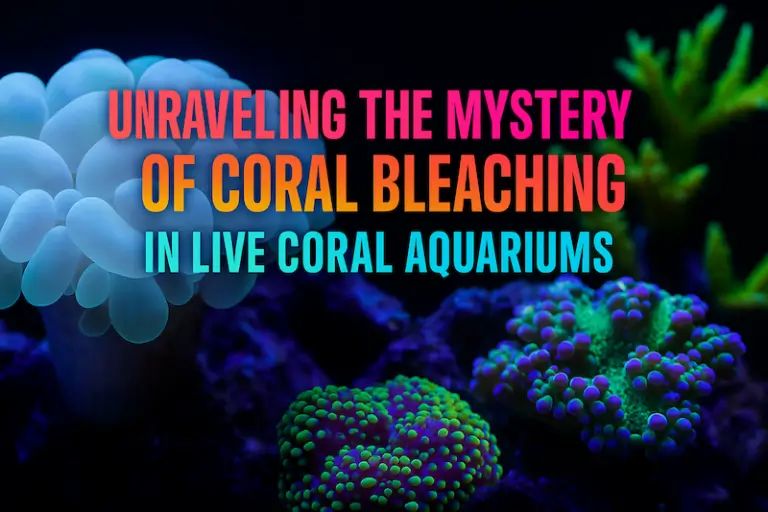How To Stick Your Corals To Your Saltwater Tank
Adding corals to your reef aquarium is not only about enhancing its aesthetic appeal but also about enriching the habitat for its inhabitants. Corals play a crucial role in the ecosystem of your tank, providing shelter and resources for marine life. However, introducing corals to your aquarium involves more than just placing them in the water. Properly attaching corals ensures they remain secure and thrive in their new environment. Here’s a comprehensive guide on how to do it right.
Understanding Coral Attachment Basics
Tools and Materials Needed
• Coral glue or epoxy: A reef-safe adhesive is crucial for attaching corals securely.
• Tweezers and/or coral pliers: For handling corals without damaging them.
• Razor blade or coral saw: Useful for fragging or creating a flat base on the coral.
• Gloves: To protect both your hands and the corals.
• Aquarium-safe putty: For larger corals or more complex structures.
Step 1: Prepare the Coral
If your coral is on a frag plug, decide whether to keep it on the plug or remove it for direct attachment to the rockwork. For corals on plugs, you can directly attach the plug to your desired location. If you’re removing the coral from the plug, gently use a razor blade to separate the coral from its base. For larger pieces, ensure a flat surface on the side you intend to attach to the rockwork.
Step 2: Select the Location
Choosing the right location is critical for the coral’s growth and the tank’s overall aesthetic. Consider the coral’s light and flow requirements. SPS corals, for example, generally require higher light and flow compared to LPS and soft corals. Ensure the spot you choose can accommodate the coral’s growth without encroaching on neighbouring corals.
Step 3: Apply the Adhesive
Apply a small amount of coral glue or epoxy to the bottom of the coral or frag plug. If you’re using putty for larger pieces, mix according to the instructions until it becomes tacky.
Step 4: Secure the Coral
Firmly press the coral onto the selected spot on your rockwork. Hold it in place for several seconds to ensure the adhesive bonds properly. For larger corals or pieces that are difficult to secure, you might need to support them with additional rocks or use aquarium-safe putty for a more substantial bond.
Step 5: Monitor and Adjust
After attaching your corals, keep a close eye on them over the next few days. Some corals may need repositioning if they show signs of distress, such as bleaching or receding tissue, indicating they are not happy with the current flow or lighting conditions.
Additional Tips for Success
• Water Parameters: Ensure your tank’s water parameters are stable before adding new corals. Fluctuations in water quality can stress corals, making them less likely to attach and thrive.
• Quarantine: Whenever possible, quarantine new corals before introducing them to your main tank to prevent the spread of diseases and pests.
• Patience is Key: Some corals may take longer to attach and acclimate to their new environment. Be patient and provide optimal care to support their growth.
Conclusion
Attaching corals in your reef aquarium is a rewarding process that enhances both the beauty and biodiversity of your tank. By following these steps and providing the right care, your corals will not only secure themselves but also flourish, contributing to a vibrant and dynamic reef ecosystem. Remember, the key to a successful reef aquarium lies in understanding the needs of its inhabitants and creating a stable environment where they can thrive.








